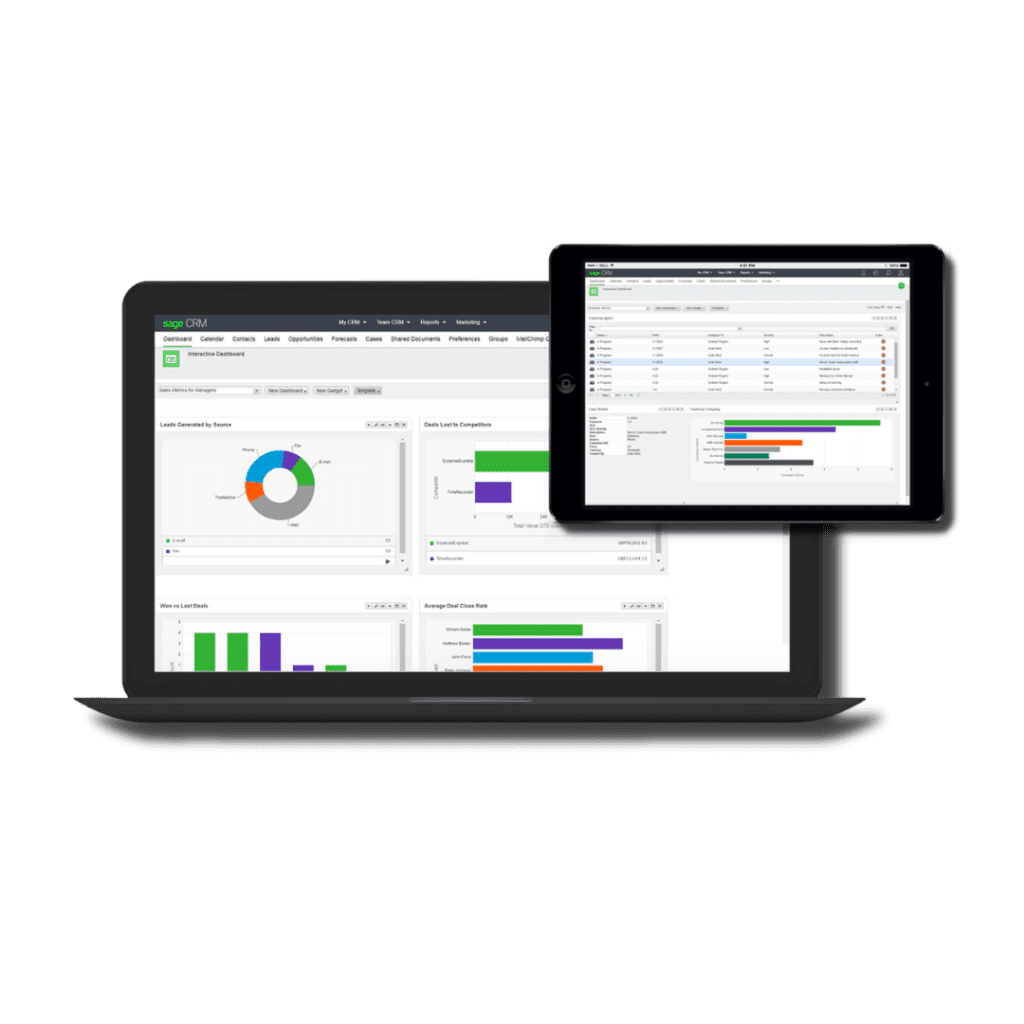Key cloud modules and advantages for NFPs
Over the past two years, many not-for-profit organisations have adopted new cloud technologies to enable remote and hybrid work. This may have been the implementation of Microsoft Teams to communicate during COVID, or other solutions that enable NFPs (not-for-profits) to deliver essential services. These technologies are the first step in the journey of moving to the cloud. Further adoption technologies can fundamentally change the way NFP organisations work, meaning those who rely on them can receive better services.
In this article Monpellier will discuss what is meant by cloud computing, the benefits of moving to the cloud for not-for-profit organisations, and how these organisations can continue their journey to the cloud.
What is the Cloud?
The cloud refers to servers that are accessed via the internet and includes the software and databases that run on those servers. There are three key cloud models that are important: SaaS, PaaS and IaaS.
Software-as-a-Service, or SaaS are applications that are hosted on cloud services that user’s access over the internet. Examples include the office applications (Word, Excel, PowerPoint) within a Microsoft 365 subscription.
Platform-as-a-Service, or PaaS, is a model whereby businesses do not pay for hosted applications, but rather they pay for the elements necessary to build their own applications. This includes the infrastructure, development tools and operating system. These are delivered over the internet, through a public cloud provider, such as Microsoft Azure.
Infrastructure-as-a-Service, or IaaS, is a service that offers storage and networking resources, similar to renting a server. This is the most complex model; however, it offers the most flexibility.
Benefits of SaaS for Not-For-Profits
- Productivity – One of the many SaaS offerings is the Microsoft 365 suite of applications which is a perfect solution for those looking to increase productivity. With a Microsoft 365 subscription, users have access to office applications, including Outlook, Word, Excel, PowerPoint and OneNote, cloud storage with OneDrive, and the ability to use Teams for communication and collaboration. As this is a cloud offering, all these applications are designed to work together, to increase productivity and make collaboration within an organisation, or externally, easier than ever.
- Security – All organisations are at risk of cyberattack. In recent years, cybercriminals have targeted many charities and NFPs, as they typically have less security. With a SaaS solution, such as Microsoft 365, there are many in-built security features that keep businesses safe from attacks. Furthermore, businesses can use multi-factor authentication within Microsoft 365 to stop 99.9% of account compromise attacks.
- Flexibility – Many not-for-profit organisations are looking to adopt a hybrid work model in the coming months. Such a model has many benefits for employees and businesses alike, however without the right technology, it is difficult for employees to work effectively. Cloud solutions are perfectly designed for hybrid work.
Benefits of IaaS and PaaS for NFPs
- Scalability – With cloud services, businesses can increase or decrease the amount of resource as required. For traditional on-premises infrastructure, if a NFP needed to increase storage space on their server, or the load is going to increase due to a short period of temporary workers, the entire server would need to be upgraded. With a cloud server, NFPs can temporarily increase the amount of resource to accommodate these changes and decrease it when necessary. This is especially beneficial to organisations that are looking to grow quickly.
- Security – If a NFP has their own servers, they are responsible for ensuring that it is secure, both in initial configuration and updates to the operating system and applications. This is a complex process and requires costly security expertise. If the system has poor security, it can result in a data breach. Cloud solutions allow for advanced security configuration, and the Azure public cloud is monitored 24/7 by a large team of security professionals. Cloud services still need to be regularly updated to remain secure, but this can be outsourced to a trusted IT provider.
- Cost Savings – Traditional on-premises infrastructure requires a significant capital investment, and over time the infrastructure will need to be upgraded or replaced. Many NFPs cannot afford this initial investment, which can lead to sub-par performance and a poor user experience. With a cloud solution, businesses only pay for the resources they use, which significantly reduces the capital investment and provides better value over time.
How to Move to the Cloud
Regardless of whether your NFP organisation is looking to move to the cloud with a SaaS, PaaS or IaaS solution, there are many benefits for businesses and users alike. Implementing a new technology can be the catalyst for immense growth and can provide a better experience for those that rely on your essential services. Although moving to the cloud may seem like a daunting task, we are here to help make the process as efficient and effective as possible.
To find out more about how your not-for-profit organisation could benefit from cloud technologies, contact us today for a free consultation here.

